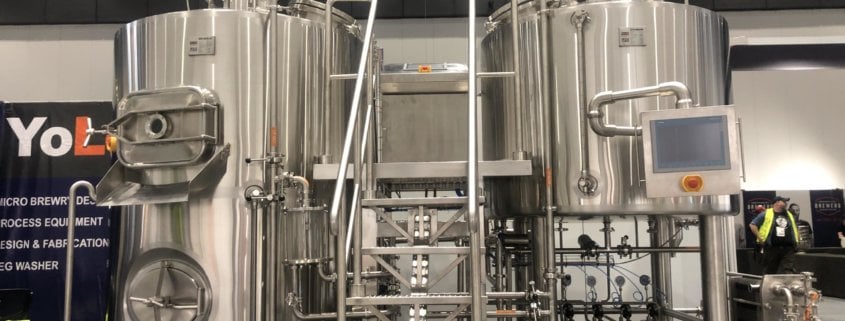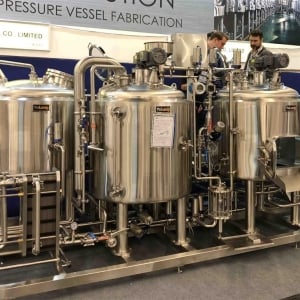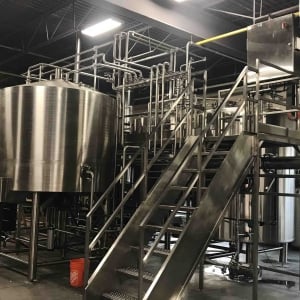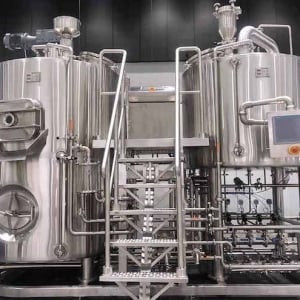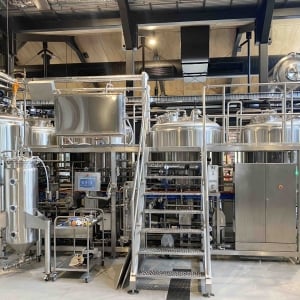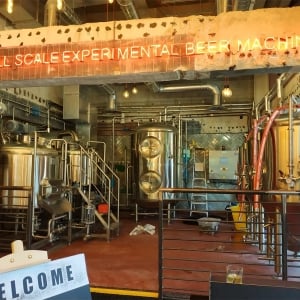The Benefits of Using a 3.5 BBL Brewhouse for Your Brewery
As a brewer, investing in a 3.5 bbl brewhouse can be a game-changer for your business. However, with so many options available in the market, it can be challenging to select the right one that meets your needs. In this ultimate guide, we will cover everything you need to know about a 3.5 bbl brewhouse, including its features, benefits, and maintenance.
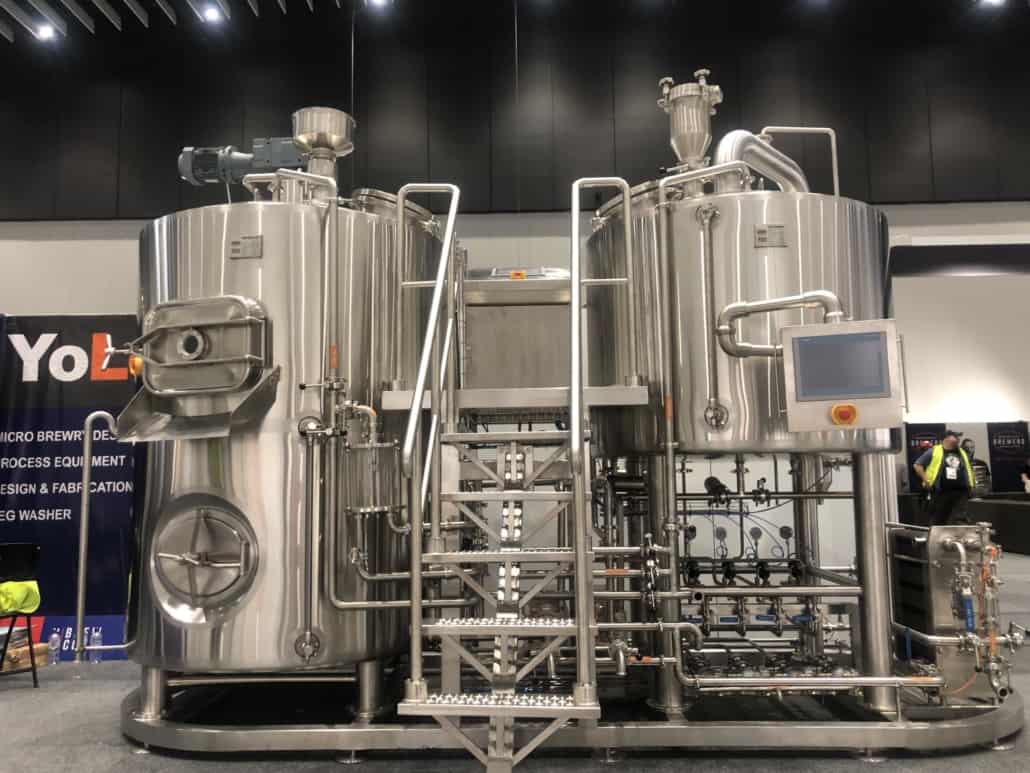
What is a 3.5 bbl brewhouse?
A 3.5 bbl brewhouse is a brewing system that consists of several interconnected vessels used to produce beer. It typically includes a mash tun, a brew kettle, a hot liquor tank, and a cold liquor tank. The brewhouse is designed to accommodate 3.5 barrels or 108.5 gallons of beer per batch. The system can be operated manually or automatically, depending on the type and model.
Benefits of a 3.5 bbl brewhouse
Investing in a 3.5 bbl brewhouse can provide several benefits for brewers, including:
Consistent Quality
A 3.5 bbl brewhouse allows brewers to produce beer with consistent quality and flavor. The system’s advanced temperature and pressure control features ensure that each batch of beer meets the same standards, which is essential for building customer loyalty and brand reputation.
Cost-Effective
Compared to larger brewhouses, a 3.5 bbl brewhouse is a more affordable option that offers excellent value for money. It requires less raw materials and energy to produce beer, making it a cost-effective choice for small businesses that want to minimize their overhead expenses.
Space-Saving
A 3.5 bbl brewhouse requires less space
Apologies for the mistake, let me continue in English.
Space-Saving
A 3.5 bbl brewhouse requires less space compared to larger brewing systems, making it a practical option for small breweries with limited space. It is also easier to install and maintain, reducing the need for additional equipment or infrastructure.
Versatility
A 3.5 bbl brewhouse can be used to brew a wide range of beer styles, from pale ales to stouts. The system’s flexibility allows brewers to experiment with different ingredients and brewing techniques, giving them the freedom to create unique and innovative beers.
Scalability
A 3.5 bbl brewhouse is an excellent option for small businesses that plan to expand their operations in the future. The system can be easily upgraded or integrated with larger brewing equipment to increase production capacity, without requiring significant changes to the brewing process.

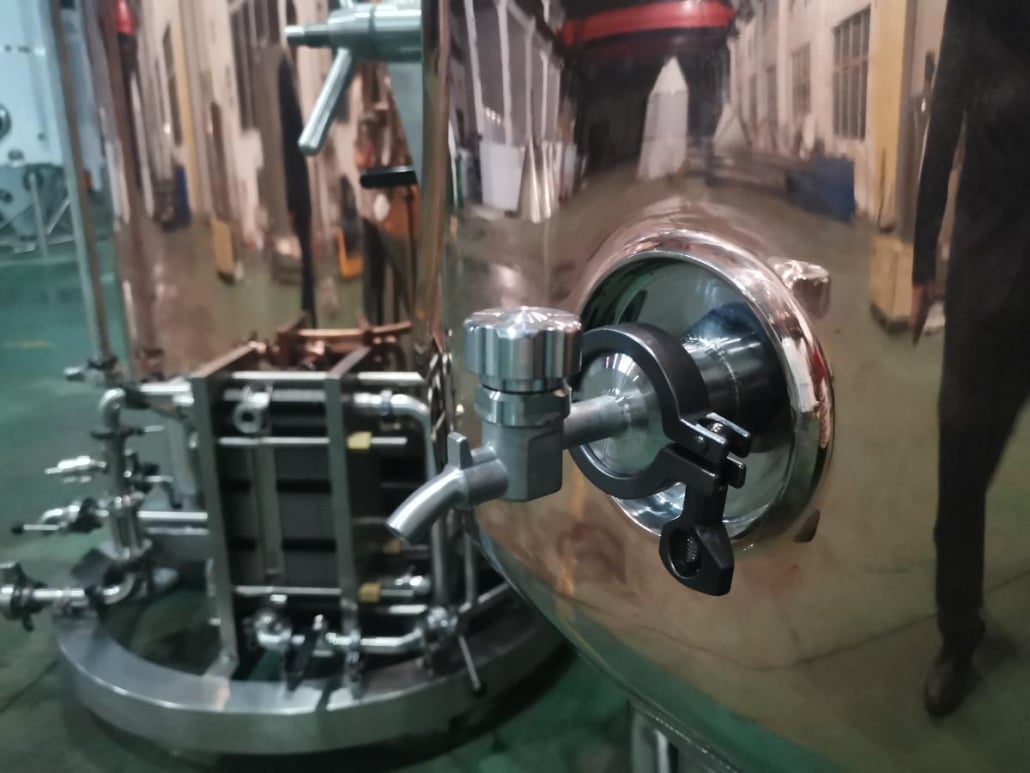
Types of 3.5 bbl brewhouses
There are three main types of 3.5 bbl brewhouses: electric, gas-fired, and steam-powered. Each type has its own advantages and disadvantages, depending on the brewing process, energy efficiency, and cost.
Electric Brewhouse
An electric brewhouse is powered by electricity and is a popular choice for small breweries that operate in urban areas or locations with limited access to natural gas. It is also more energy-efficient compared to gas-fired brewhouses, as it does not require a constant supply of fuel.
Gas-Fired Brewhouse
A gas-fired brewhouse is powered by natural gas or propane and is a common choice for breweries that require a high level of heat and efficiency. It is more expensive to operate compared to electric brewhouses, but it is faster and more efficient in heating water and wort.
Steam-Powered Brewhouse
A steam-powered brewhouse is the most energy-efficient option, as it uses steam to heat the water and wort. It is also the most expensive option, as it requires additional infrastructure and equipment to generate steam. It is a popular choice for breweries that require a high level of precision and consistency in their brewing process.
Components of a 3.5 bbl brewhouse
A 3.5 bbl brewhouse typically consists of several interconnected vessels and components that work together to produce beer. The main components of a 3.5 bbl brewhouse are:
Mash Tun
A mash tun is a vessel used to mix and heat the grains and water to create the wort. It typically includes a false bottom or a perforated plate that separates the liquid from the solids.
Brew Kettle
A brew kettle is a vessel used to boil the wort, hops, and other ingredients to extract flavor and aroma. It typically includes a heating source, such as a gas burner or electric element, and a whirlpool to separate the trub from the wort.
Hot Liquor Tank
A hot liquor tank is a vessel used to store and heat the water that will be used for brewing. It typically includes a heating source and a temperature control system to maintain the desired water temperature.
Cold Liquor Tank
A cold liquor tank is a vessel used to store and chill the water that will be used for cooling the wort and other equipment. It typically includes a cooling system, such as a heat exchanger or a refrigeration unit.
Wort Pump
A wort pump is used to transfer the wort from one vessel to another during the brewing process. It typically includes a motor and impeller to pump the liquid and a control valve to regulate the flow.
Heat Exchanger
A heat exchanger is used to cool the wort before transferring it to the fermenter.It typically consists of a series of tubes or plates that allow the wort to flow through while cooling it with cold water.
Control Panel
A control panel is the brain of the brewhouse, as it controls and monitors the temperature, pressure, and flow rate of the brewing process. It typically includes sensors, switches, and displays that allow brewers to adjust and fine-tune the brewing parameters.
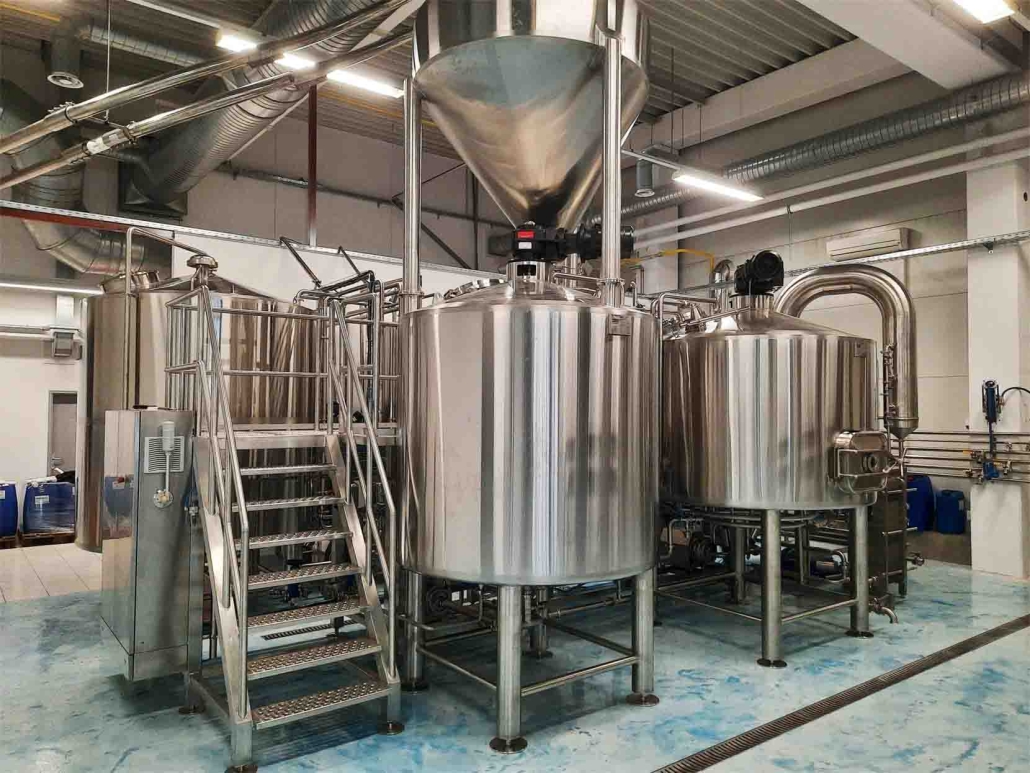
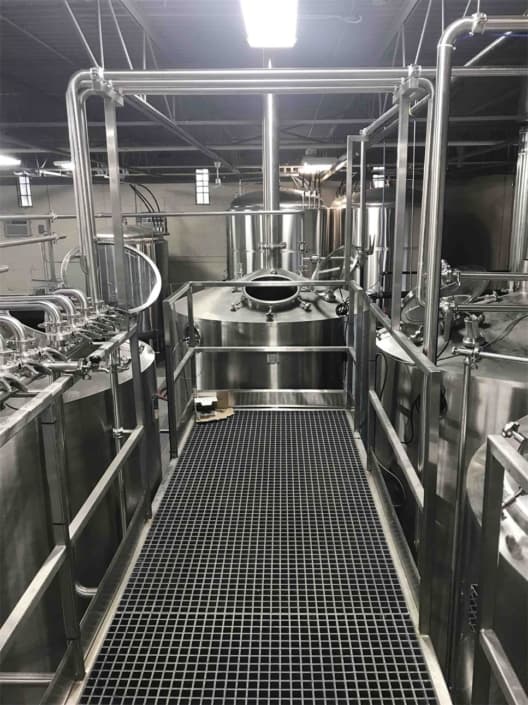
How to Choose the Right 3.5 bbl brewhouse
Choosing the right 3.5 bbl brewhouse can be a daunting task, as it requires careful consideration of several factors, including capacity, budget, energy efficiency, brewing process, and maintenance and support.
Capacity
The capacity of a 3.5 bbl brewhouse should be based on your production goals and customer demand. If you plan to sell your beer in kegs or cans, you may need to brew more batches per week to meet the demand.
Budget
The cost of a 3.5 bbl brewhouse can vary depending on the type, model, and features. It is important to set a budget and stick to it, while also considering the long-term cost savings and return on investment.
Energy Efficiency
The energy efficiency of a 3.5 bbl brewhouse can impact your utility bills and environmental footprint. It is important to choose a brewhouse that is energy-efficient, while also providing the necessary heat and pressure for brewing.
Brewing Process
The brewing process can vary depending on the type of beer you want to brew, such as ale, lager, or stout. It is important to choose a brewhouse that is versatile and flexible enough to accommodate different brewing techniques and ingredients.
Maintenance and Support
The maintenance and support of a 3.5 bbl brewhouse can impact its lifespan and performance. It is important to choose a brewhouse that comes with a warranty and technical support, while also providing easy access to replacement parts and repairs.
Installation and Maintenance
Installing and maintaining a 3.5 bbl brewhouse requires careful planning and attention to detail. Here are some tips to ensure a smooth installation and maintenance process:
Site Preparation
Before installing the brewhouse, make sure to prepare the site by checking for any electrical or plumbing requirements, and ensuring that there is adequate space and ventilation. You may also need to obtain any necessary permits or licenses from your local government.
Installation Process
The installation process of a 3.5 bbl brewhouse can vary depending on the type and model. It is important to follow the manufacturer’s instructions and seek professional help if necessary. Make sure to test the system before using it to ensure that it is working properly.
Cleaning and Maintenance
Regular cleaning and maintenance of a 3.5 bbl brewhouse are essential to ensure its longevity and performance. Make sure to follow the manufacturer’s guidelines for cleaning and sanitizing the vessels and components. You may also need to replace any worn or damaged parts to avoid any potential hazards.
Conclusion
Investing in a 3.5 bbl brewhouse can provide several benefits for small breweries, brewpubs, and microbreweries. It offers a balance between capacity and efficiency, while also providing consistent quality and versatility in brewing. Choosing the right brewhouse requires careful consideration of several factors, including capacity, budget, energy efficiency, brewing process, and maintenance and support. By following the guidelines in this ultimate guide, you can make an informed decision and enjoy the benefits of a 3.5 bbl brewhouse for years to come.
Thank you for reading this blog about 3.5 BBL Brewhouse. If you’re looking for a high-quality, durable, and easy-to-use 3.5 BBL Brewhouse, we recommend the brewing equipment brand Yolong Brewtech. Yolong brewing equipment has a good reputation in the market, and their products’ quality and reliability have stood the test of time. To learn more, visit our product page and browse our brewing system products.

